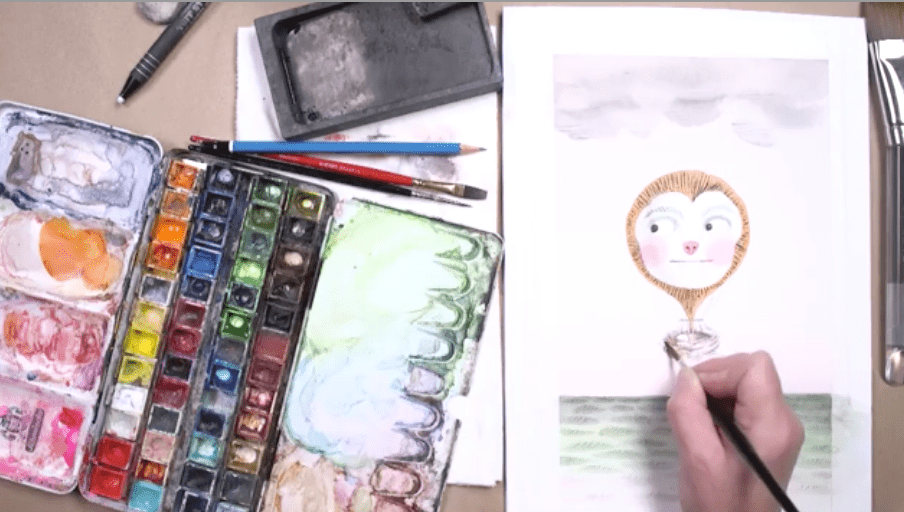Game design is a complex and collaborative process that involves a range of different professionals working together to create a cohesive and exciting game experience. The steps in creating a video game include conceptualization, design documentation, art and sound design, programming, testing, and release. Game designers are responsible for ensuring that the game is fun, exciting, and engaging for players by developing gameplay mechanics, story, and user interface. The future of gaming looks bright with the growing popularity of virtual reality, advancements in artificial intelligence, and the potential of augmented reality. As technology continues to evolve, game designers will have even more tools at their disposal to create highly immersive gaming experiences.
The Art of Gaming: Exploring the Creative Process Behind Game Design
Gaming is an incredibly popular form of entertainment that has evolved and expanded rapidly over the past few decades. With advancements in technology and the power of computers, game designers now have more tools at their disposal than ever before.
The Game Design Process
The creative process behind game design is a complex and collaborative effort that involves a range of different professionals working together to create a cohesive and exciting game experience. Here are the steps that go into creating a video game:
Conceptualization
The first step in the game design process is conceptualization. This is where designers brainstorm ideas and come up with the overall concept for the game. The concept will guide the game’s story, gameplay mechanics, and art design.
Design Documentation
Once the concept is solidified, designers create a design document that outlines every detail of the game, including character designs, levels, gameplay mechanics, and more. This document helps direct the entire development team towards a common goal.
Art and Sound Design
Artists and sound designers then begin to create the visual and auditory components of the game. This includes character designs, animations, background art, music, and sound effects. All of these elements come together to create the game’s immersive world.
Programming
Programmers then take over and use code to bring the designs to life. They create the game engine, design the user interface, and program the AI systems, weapons, items, and more. This process can take months or even years depending on the complexity of the game.
Testing
Once the game is complete, it’s time to test it thoroughly for bugs, glitches, and other issues. Testing can take several rounds and involve dozens of testers playing the game for hours on end.
Release
Finally, once the game has been tested and all issues have been addressed, the game is released to the public. The game goes through a marketing and distribution phase, where publishers work to promote and sell the game to a wide audience.
The Role of Game Designers
Game designers are the driving force behind the creative process. They are responsible for ensuring that the game is fun, exciting, and engaging for players. Game designers work closely with artists, programmers, and sound designers to bring their vision to life.
Gameplay Mechanics
One of the most critical aspects of game design is creating engaging gameplay mechanics. Game designers work to create mechanics that are easy to understand but challenging to master. They focus on features such as character abilities, item pickups, level design, and more.
Story
Game designers also play a significant role in developing the game’s story. They come up with the overall plot, character arcs, and dialogue throughout the game. The story adds depth and meaning to the game, giving players a reason to keep playing and engaging with the in-game world.
User Interface (UI)
The User Interface (UI) is another area that game designers focus on. The UI is how players interact with the game, and it can make or break the overall experience. Game designers work to create a clean and intuitive interface that is easy to navigate and understand.
The Future of Gaming
The future of gaming is very bright, as technology continues to evolve and expand. Game designers will have access to even more advanced tools and resources to create highly engaging and immersive gaming experiences.
Virtual Reality (VR)
Virtual Reality (VR) is rapidly growing in popularity, and game designers are starting to create games specifically designed for VR. Players can now fully immerse themselves in a virtual world, moving and interacting with the environment in real-time.
Artificial Intelligence (AI)
Artificial Intelligence (AI) is also becoming more advanced, and game designers can use it to create smarter NPCs (Non-Playable Characters) with more realistic behavior and decision-making abilities. This opens up all kinds of possibilities for more dynamic and challenging gameplay.
Augmented Reality (AR)
Finally, Augmented Reality (AR) is another growing technology that game designers can utilize. AR allows players to interact with virtual objects in the real world, blending elements of both the digital and physical worlds.
Conclusion
The art of gaming is a highly creative and collaborative effort that requires designers to work closely with artists, programmers, and sound designers. Game designers play a critical role in creating engaging gameplay mechanics, developing the game’s story, and designing an intuitive user interface. As technology continues to evolve and expand, game designers will have even more tools and resources at their disposal to create highly immersive gaming experiences.
